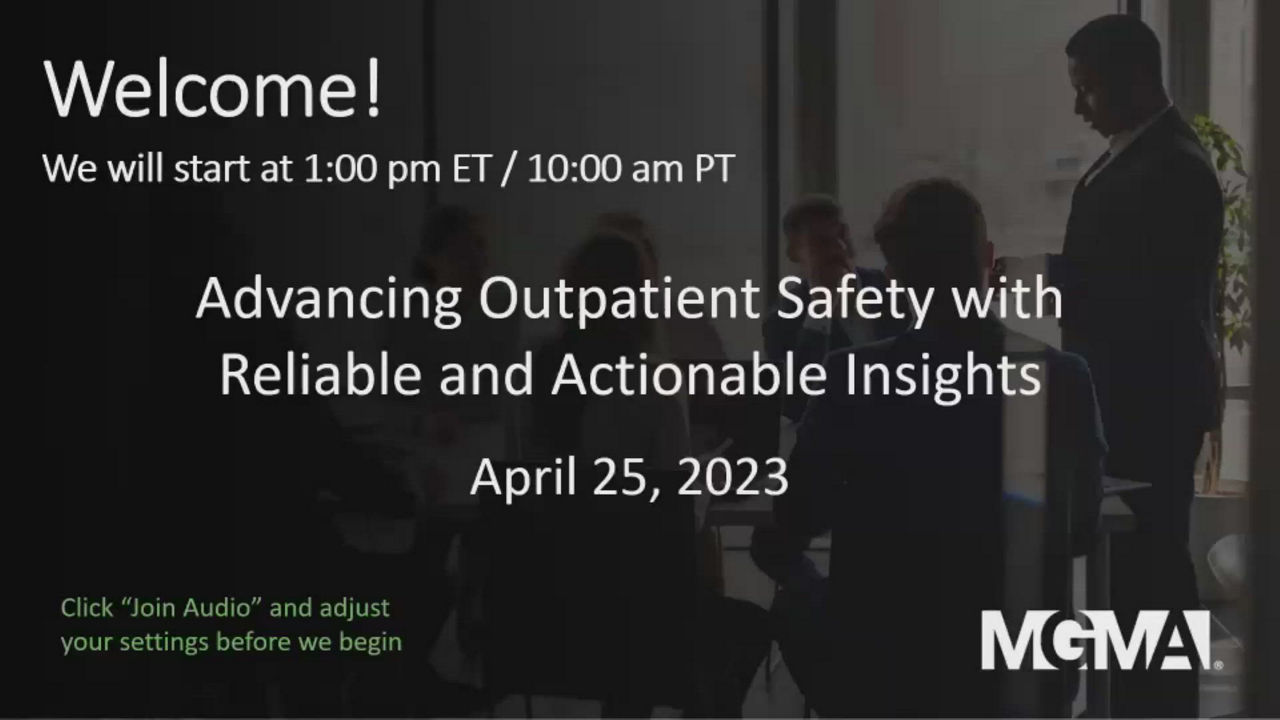Despite advancements in modern hospital care, quality problems remain, impacting patient outcomes and provider costs. In the early 2000s, Solventum assembled a team to develop a methodology that could identify situations in which inpatient hospital care was less than excellent. The resulting methodology, inpatient Solventum™ Potentially Preventable Complications (PPCs) Classification System, was first published in the Health Care Financing Review in 2006. Since then, the classification system has been regularly updated and increasingly adopted across the U.S. The implementation and success of inpatient PPCs have allowed for Solventum to shift its focus to assess the quality of outpatient care. In 2015, Solventum researchers reassembled a team to develop Solventum AM-PPCs, a methodology that could evaluate ambulatory procedures that resulted in complications of care within a longitudinal analysis using a designated timing window (e.g., 30 days).
The Solventum AM-PPCs applies sophisticated clinical logic to identify more than 2,900 procedures and clinically categorize them within 93 distinct procedure subgroups (PSGs). PSGs are comprised of common elective procedures often performed in outpatient care settings. There are 35 potentially preventable complication groups, which include more than 1,200 complications such as: sepsis, pneumonia and lung infections, pulmonary embolism, venous thrombosis, hemorrhage and hematoma and device related infections or mechanical complications.
Potentially preventable complications are identified by the Solventum AM-PPC software by linking an ambulatory procedure to a subsequent admission, emergency department visit, or other ambulatory encounter reporting a complication diagnosis code, in timeline sequence and matching a predefined procedure-specific complication list and timing guidelines. Complications that are not related to the initial procedure or that present prior to the date in which they are expected to occur are excluded by the Solventum AM-PPC logic.
The Solventum AM-PPCs are identified through diagnosis and procedure codes listed on standard claim forms. The Solventum proprietary clinical logic is maintained by a team of Solventum clinicians, data analysts, nosologists, programmers and economists and can be viewed by software licensees in an online definition’s manual. Solventum plans to release a new Solventum AM-PPCs version every Oct. 1, to reflect updates in the ICD-10 diagnosis and procedure code sets and to include enhancements in the clinical classification logic.










